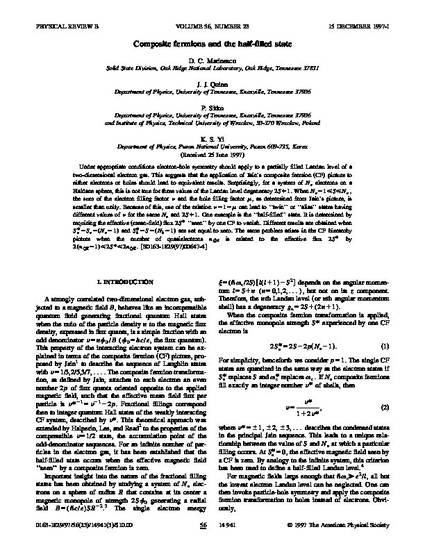
Under appropriate conditions electron-hole symmetry should apply to a partially filled Landau level of a two-dimensional electron gas. This suggests that the application of Jain’s composite fermion (CF) picture to either electrons or holes should lead to equivalent results. Surprisingly, for a system of Ne electrons on a Haldane sphere, this is not true for three values of the Landau level degeneracy 2S+1. When Ne-1<~S<~Ne, the sum of the electron filling factor ν and the hole filling factor μ, as determined from Jain’s picture, is smaller than unity. Because of this, use of the relation ν=1-μ can lead to “twin” or “alias” states having different values of ν for the same Ne and 2S+1. One example is the “half-filled” state. It is determined by requiring the effective (mean-field) flux 2S* “seen” by one CF to vanish. Different results are obtained when S*e=Se-(Ne-1) and S*h=S-(Nh-1) are set equal to zero. The same problem arises in the CF hierarchy picture when the number of quasielectrons nQE is related to the effective flux 2S* by 2(nQE-1)<~2S*<~2nQE.
